During the first lockdown last year, I was invited to review a book entitled ‘Into the Mystery – Camera in the Wild’ by Rob Beighton, for a photographic newsletter. The book impressed me immensely, and this article represents an updated version of my original text.
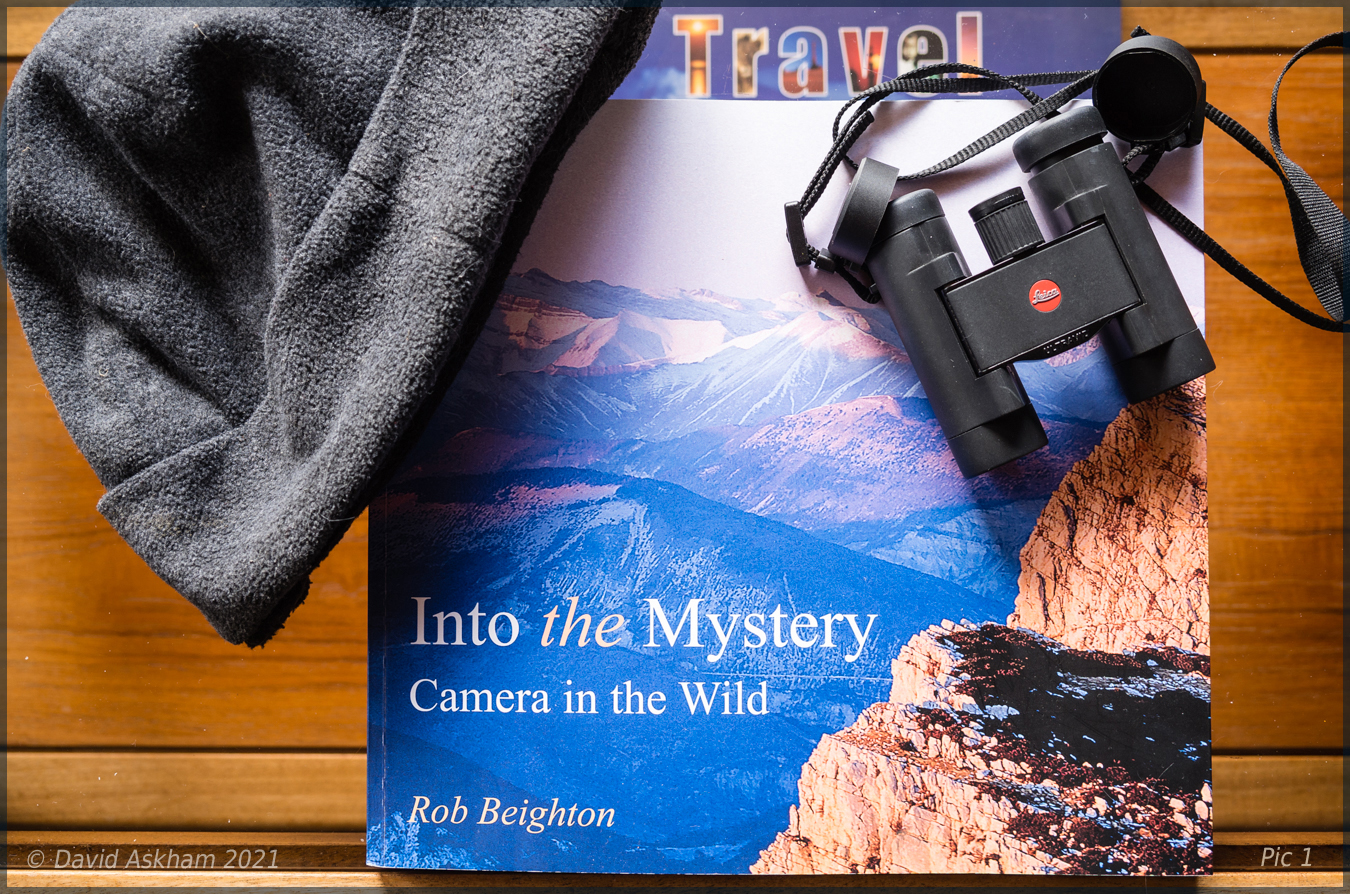
Landscape photography is a timeless subject, but Rob Beighton addresses it in an original and inspiring way. From the mid-1980s to the late 1990s, Rob was sponsored by Leica UK to give a series of lectures to photographic clubs and societies. During that time, Rob was using Leica film cameras, but he has since embraced digital photography.
In due course, a 168-page large-format, profusely illustrated, soft-back book arrived, entitled ‘Into the Mystery – Camera in the Wild’. The front cover uses the following image, ‘Haute Provence’.
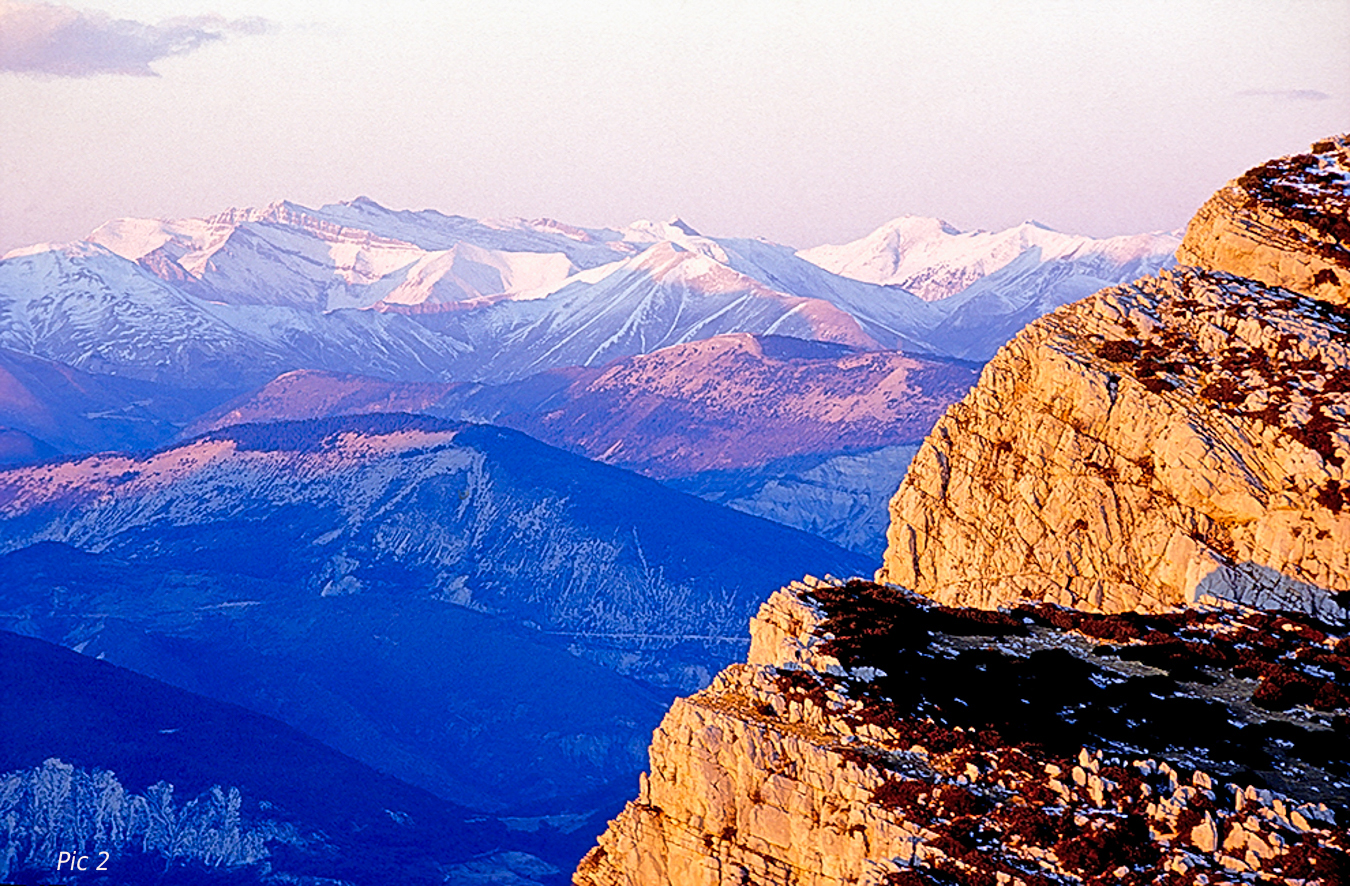
The author explains that the book is ‘An exploration of the inner journey of photography’. He continues, ‘In a sequence of stunning elemental nature images, Rob Beighton reveals how to find the spectacular that is hidden in the ordinary.’
The volume is then divided into five sections: The Vision, The Seeing, Developing the Eye, Finding the Way, and Into the Mystery.
It is already clear that this is no ordinary guide to successful landscape photography, but a deeper treatise into the psychology of connecting with and capturing nature with a camera. (How relevant is his approach needed today, with millions of people denied the freedom to roam and enjoy the natural world).
Be prepared for some mind-searching exercises before you even raise a camera to your eye. However, once you follow the author’s reasoning, you begin to see a new approach to engaging with the natural world and allowing nature to inspire potentially successful pictures.
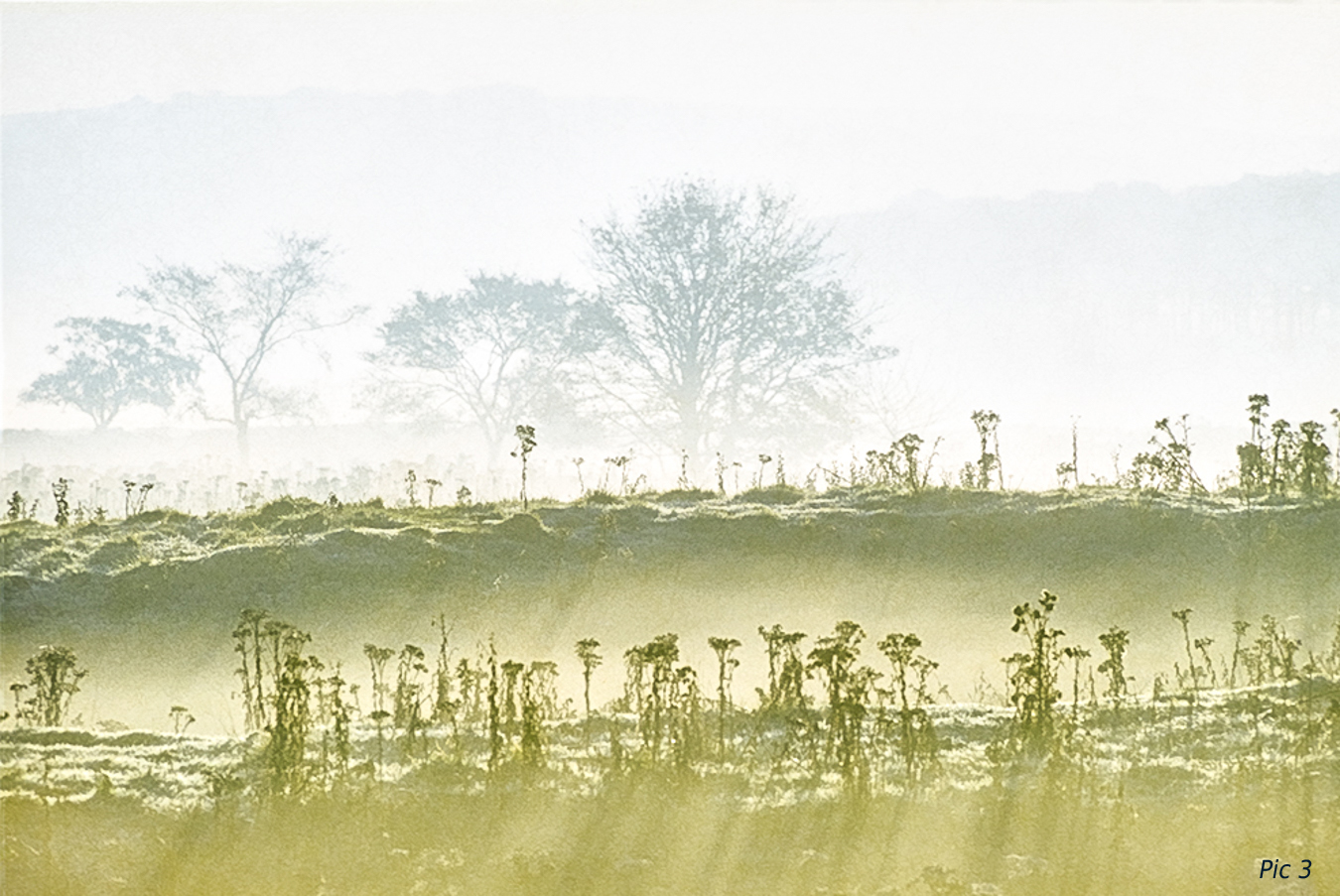
Childhood experiences
Rob Beighton confesses that he attributes his love of wild places to autism, which he suffered in childhood. The condition made it difficult for him to communicate with his peers and teachers.
His escape was to the English Northern Peak District’s hills and valleys, which became his training ground in exploration, survival, and photography. He writes, “This wonderland of hills, valleys, woodland and water was my personal paradise.”
As an adult, he became a lifelong mountaineer and rock-climber in Britain, Europe, America, New Zealand and the Himalayas. All of this experience fine-tuned his eye for nature, and he developed a sensitivity to the energy in nature. This knowledge stimulated and empowered him to create images of great power and beauty, exemplified by the copious illustrations in his book.
All of this is in stark contrast to his graduating from university with a degree in metallurgy and a launch career in electricity generation and distribution. Later, a six-month overland trip to climb in the Himalayas triggered a further career change that coupled professional photography with more excursions into wild places.
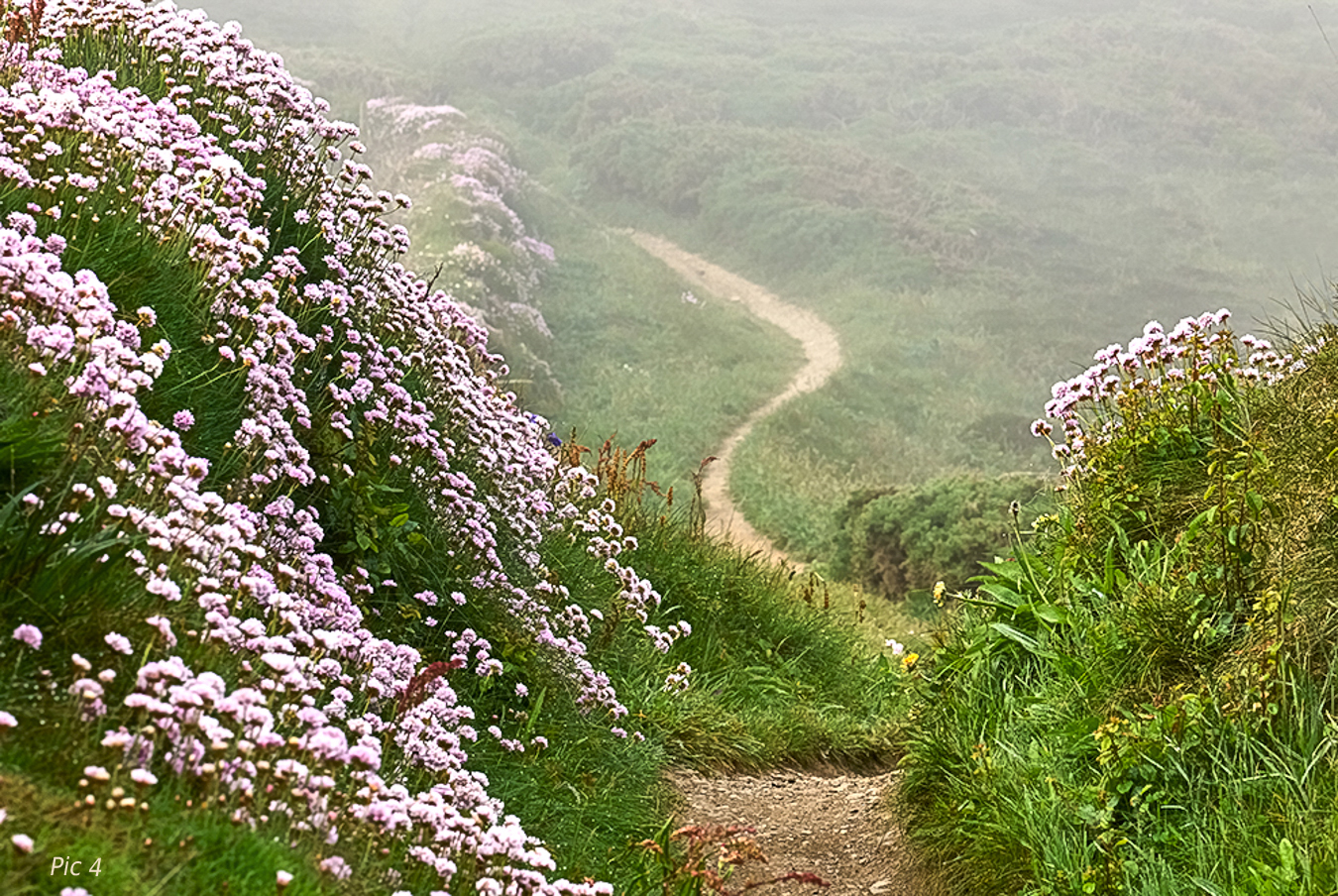
After a brief first perusal of his book, I understood that the author is a highly accomplished photographer. His pictures exude mood and atmosphere in both landscapes and more abstract insights into colours, patterns, shapes and content.
For decades he has shared his thoughts and approaches with others; his lectures and pictures forming the basis of his being awarded an Associateship by the Royal Photographic Society in the UK. This book is a by-product of those sponsored lectures with a revision to bring his approach and experience into the digital era. Rob settled on self-publication, undertaking all aspects of origination, writing, photography and design himself. It is no mean achievement.
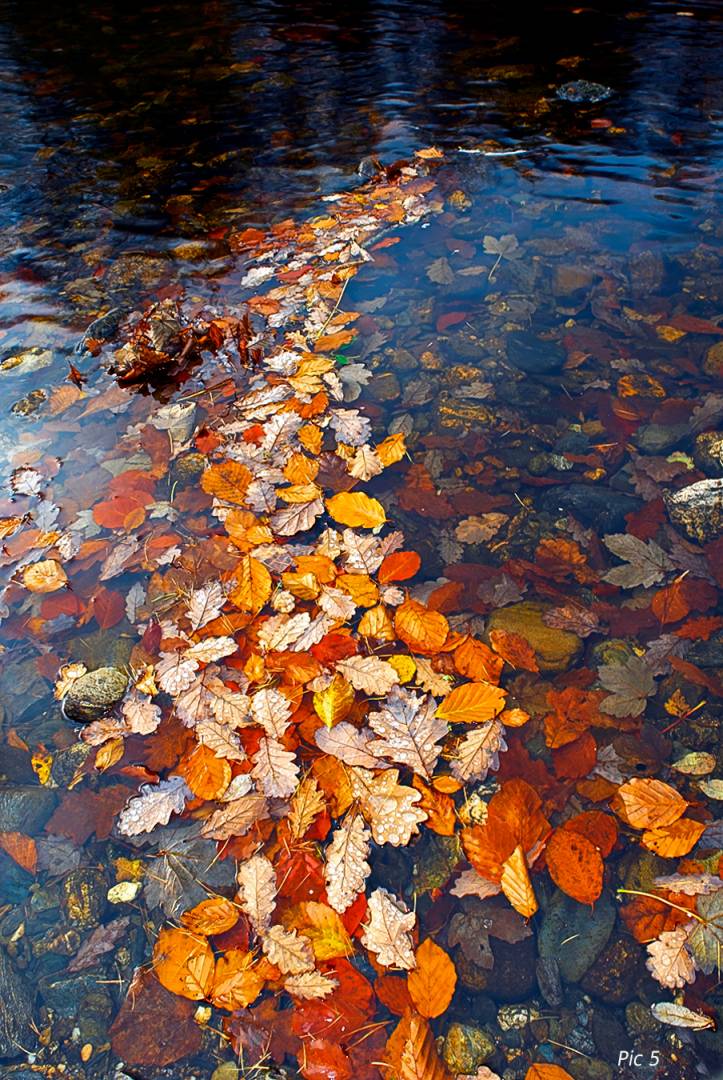
Minimalist approach
One chapter, Shaping an Approach, addresses the technology and techniques of choosing the lenses most appropriate for capturing what he sees and senses in wild places.
Rob uses only three focal lengths—24 mm, 105 mm Macro and 180 mm telephoto, all Leica lenses. Surprisingly he attaches them to Nikon DSLR bodies. They work well for him, and it simplifies the logistics when climbing and trekking and camping in often inhospitable terrain. He dutifully gives technical details of pictures included in this chapter.
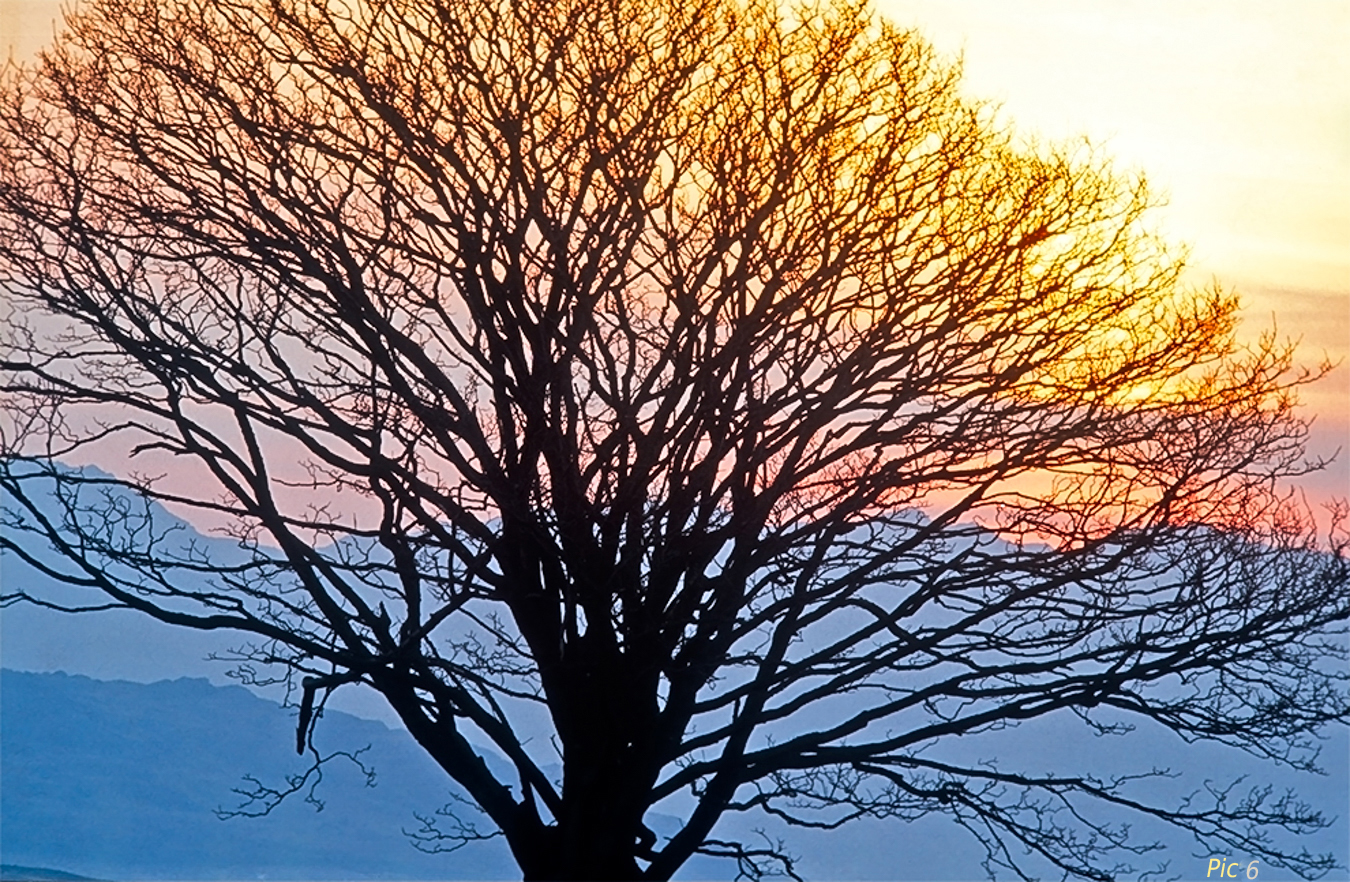
Once I realised the spiritual nature of Rob’s approach to using his camera in wild places, I invited my daughter Suzanne to give me her opinion. She is a published author and also leads meditation groups. Here is what she concluded:
“The book is a rare invitation to witness the vision and magic of our natural world. It would be a beautiful present for anyone who understands that our mental and spiritual well-being depends upon connecting with nature through our senses rather than through the often judgmental mind. This book helps the photographer let go of preconceptions and see with the freshness of a child, helped by an adult’s technical expertise.
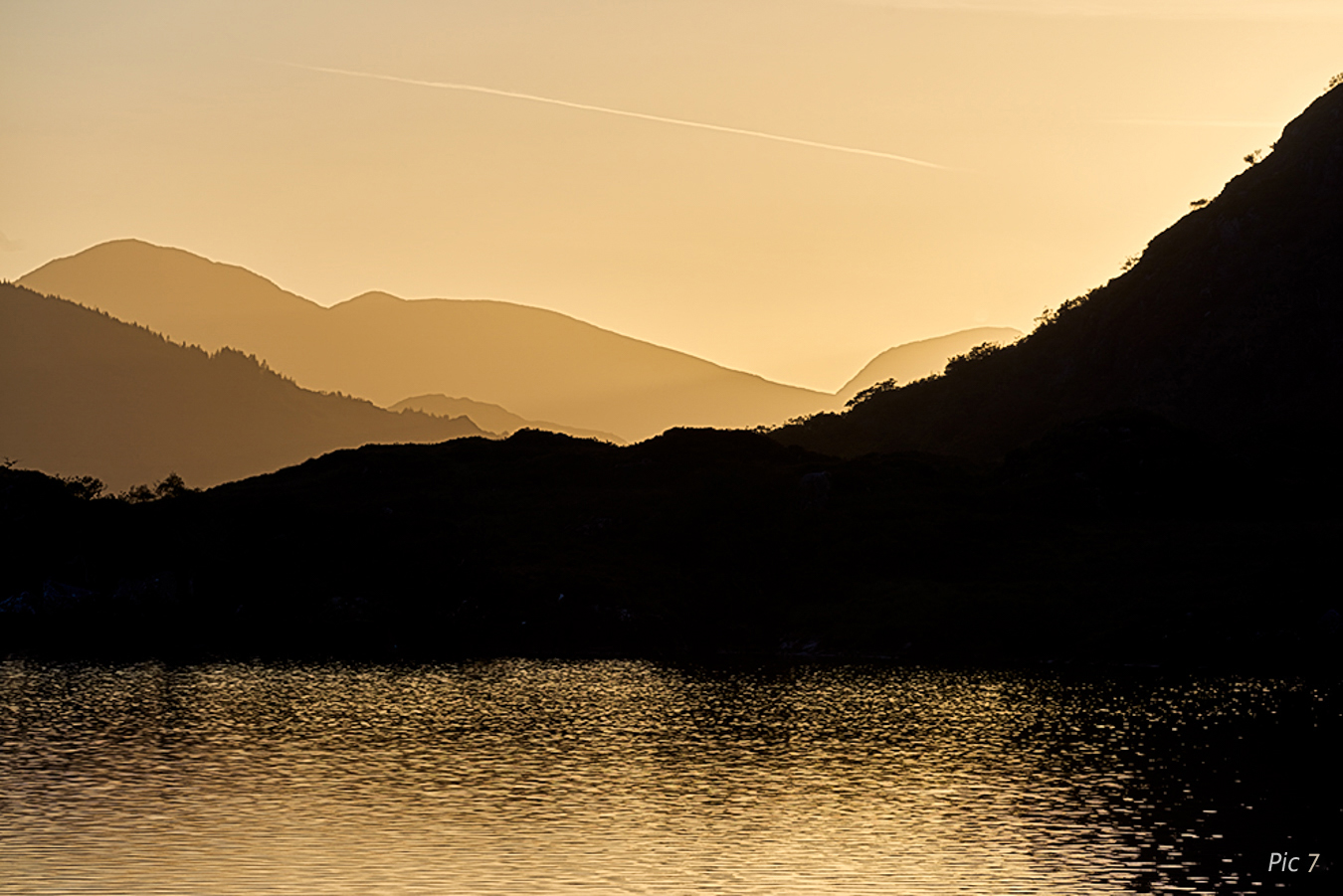
“The structure of the book is both logical and poetic, a powerfully inspiring, detailed guide for other photographers who wish to find their own unique relationship with nature, both inner and outer. A key message is that this can be found in the ordinary. When we look at the ordinary without the conditioned mind’s straitjacket, it becomes a sparkling, infinite wonderland.
“Every image is highly suitable to meditate upon for further insights, meaning that the book should bring enormous long term value.”
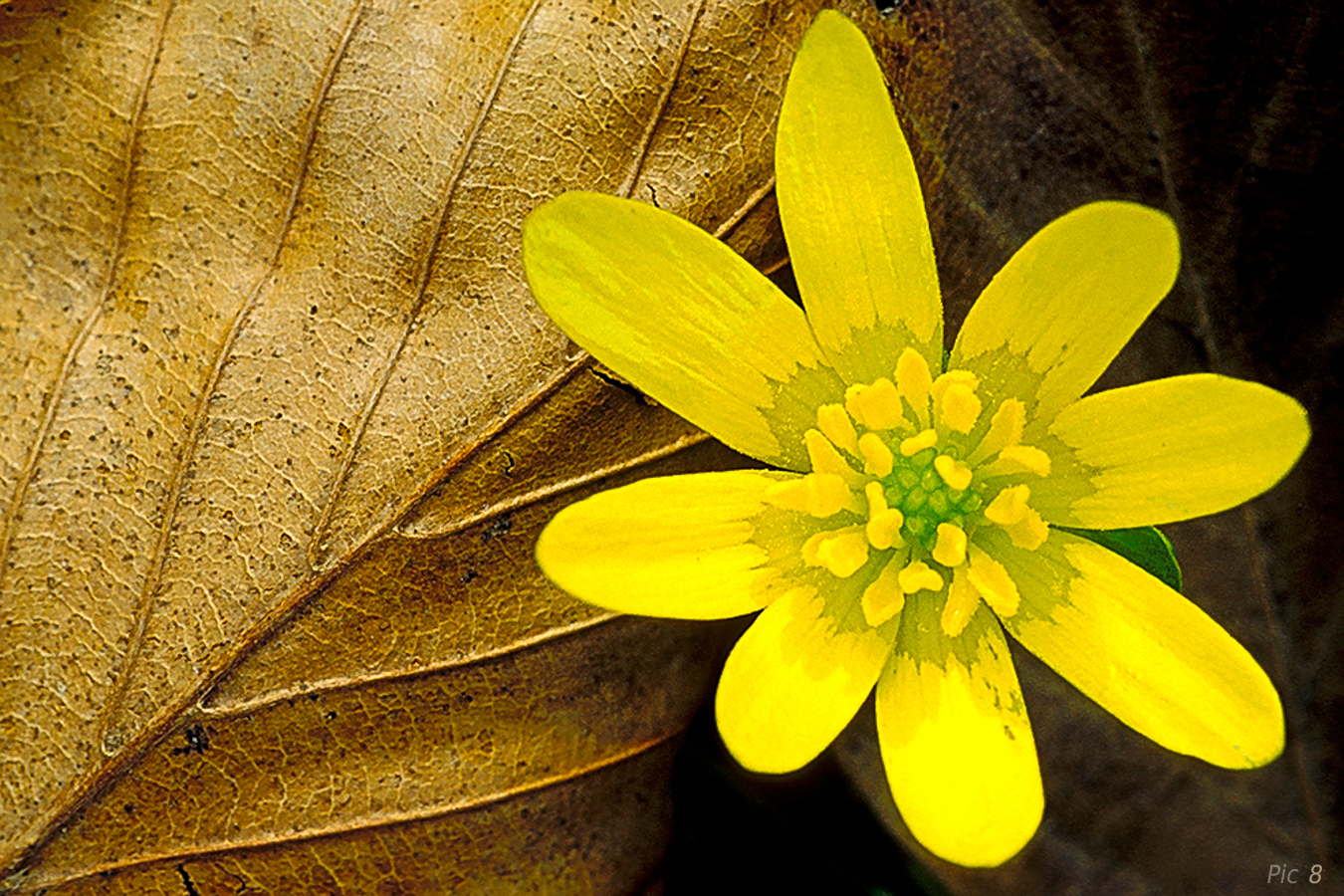
Conclusion
As I complete this review, I realise how important good pictorial books are when we are deep into our latest serious lockdown in the UK. Simultaneously, setting up the indoor still-life picture of the book, the mere sight of the scenes within lifted my spirits and transported me to distant places.
Some call this ‘arm-chair travel’, often somewhat dismissively; but it is a very apt term for the mental activity involved, especially when actual travel for photographic purposes is currently not possible.
Good pictures of our natural world are timeless. Enjoy! Enjoy not only the pictures in this book but your own collections, accumulated over the years. Let photography provide a safety valve for your frustration, brought about by Covid-19 and successive lockdowns.
Copyright of this review © David and Suzanne Askham 2021. Images, unless otherwise marked, © Rob Beighton
Buying the book
‘Into the Mystery – Camera in the Wild’, can be obtained from this website. The price is €34, plus €15 shipping in UK and Europe; sending to the rest of the world costs €24. Rob explains that postage is costly in Ireland and the book is quite heavy (1,160g on my scales, plus packaging).
Payment is via a Paypal button which translates €49 into whatever is the local currency. Payment can also be made by card by connecting with the author through the address given on his website.






I really enjoyed this article David. Having read through the comments, the one thing that stands out to me, is that I often walk past a place I view as a scene, or a potential scene in the right circumstances. Then I hope one day to pass at that moment, and record what my mind originally visualised. Sometimes it happens spontaneously, and at others it takes a few goes. Whichever, I keep returning until I find the one I wanted.
Thank you for making my end of week evening enjoyable.
Thank you, Dave. You have a big advantage in spotting a potential scene within walking distance of your home. You can return again and again and see how it looks under different lighting and weather conditions. Return much earlier or later than you typically would and see the difference. Shoot and compare. Be inspired and try to view the scene with fresh eyes.,
Lockdown has given me a great opportunity to shoot scenes in my garden, taking advantage of lighting and weather, sometimes in unpromising conditions. Change your angle of view and be prepared for some surprises. You do not have to travel miles to find interesting and challenging landscapes, even of the urban kind.
Thanks for introducing the book, I was not aware of Rob and his work. I ordered the book and am looking forward to read it! Very interesting that he uses three primes where most landscape photographers will first look at zooms: “Rob uses only three focal lengths—24 mm, 105 mm Macro and 180 mm telephoto”. Curious to learn and dig into the book on another upcoming lockdown sunday afternoon….
Your section on Rob Brighton’s minimalist approach to landscape photography relates to his camera and lenses. Interesting to see the minimalism in his images as well. There’s an elegant simplicity in them.
An interesting point, Wayne. I am currently learning more about ‘minimalism in photography’ and, in some ways, it was kindled by my reading and reviewing Rob’s book. I am not sure that using minimal kit translates, automatically, into minimalist choice of subject matter; but some of Rob’s pictures certainly qualify for that label. Rob will be pleased to see it that way and read your appreciation.
Sorry, meant to say which DSLR and has he ever thought of Z bodies, see a lot of Nikon peeps going DSLR to mirrorless.
Finding the way sort of defines how best work my new acquired Q, and sums up a novice (me) trying to figure out in all beautiful outdoors what to photo. I would like to know which Nikon bodies he uses, the Z mirrorless or whoch DSLR. I am trying get a friend get the adapter for Leica he uses Z6&7. Thank you Mr Askham and are you still using x’s or you graduate to TL, M, Q or S?
Thank you John. While I occasionally use my M and Q cameras, my main system is the CL. However, my X-Vario is in constant use during lockdown and around my home. It shot the opening product picture to this article and is excellent in this role..
My current aim is to select one less-used camera and one lens and see what pictures I can make in one week. That is very challenging during Lockdown. This week, it is the turn for my MP240 and 50 mm f/2 Summicron lens. In this way, I achieve rotation of equipment and a challenge.
While I have shot a portrait or two with an S, at a Leica event, I concluded it did not meet my current or foreseen requirements, excellent though as it was.
Great article. I like the idea of going out just with one fixed lens. Depending on the mood mine are the Ricoh GXR with nifty fity Ricoh lens or the Ricoh GRD 4 (28mm equivalent) or the X2. I tend to use the GRD4 more often as it’s so stealthy when shootingstreet.
Thanks for sharing
Jean
Thank you Jean. I think regular exercise with limited kit is a good discipline which keeps eyes and mind alert for new ideas.
Hello John,
In reply to your question about which Nikon body do I use, I will explain why I found it necessary to create this Leica/ Nikon liaison.
Much of my photography with Leica was with the R series of body, culminating for me in R8. a film body with potential to add a digital back. Virtually all of my images were from Kodak or Agfa slide film, which I used in multi projector image shows, or scanned to print.
The Leica R digital back was a total disaster, creating immaculate images but being totally impractical. At this point I received commissions for three books in the mountains, projects which required extensive backpacking.
I gave up on Leica bodies and bought a 10Mp Nikon D200, fitting Nikon bayonets to my Leica lenses, bought from a company called Leitax. These are still available for about €100. I now use the 38Mp Nikon D810, an exemplary camera body.
I hope this clarifies it a bit!
Absolutely fits with my approach to photography – meditative “just seeing” without the rational mind stepping in to censor the vision. Thanks so much for drawing attention to this book which I shall certainly buy,
I will buy one as well. Now if I can find a book on how to write interesting articles!
The author will be pleased to read of your appreciation.
John, I will alert the author and invite him to answer your question.
John, thank you . I will draw the author’s attention to your comments and queries.
What an awesome treat to start my day! Your eloquent insightful review sure does justice to what is clearly a book that can be both inspirational and educational.
Thank you Brian. We can all welcome a few uplifting words during this frustrating time.
I remember him well and attended a talk he gave on behalf of Leica UK so reading your review brought back memories Davis and was very enjoyable. Thank you, and hoping you both stay well, Don
Thank you Don. We are doing our best to keep out of mischief. And we hope you are, too.
Mischief would be a fine thing…
If only.